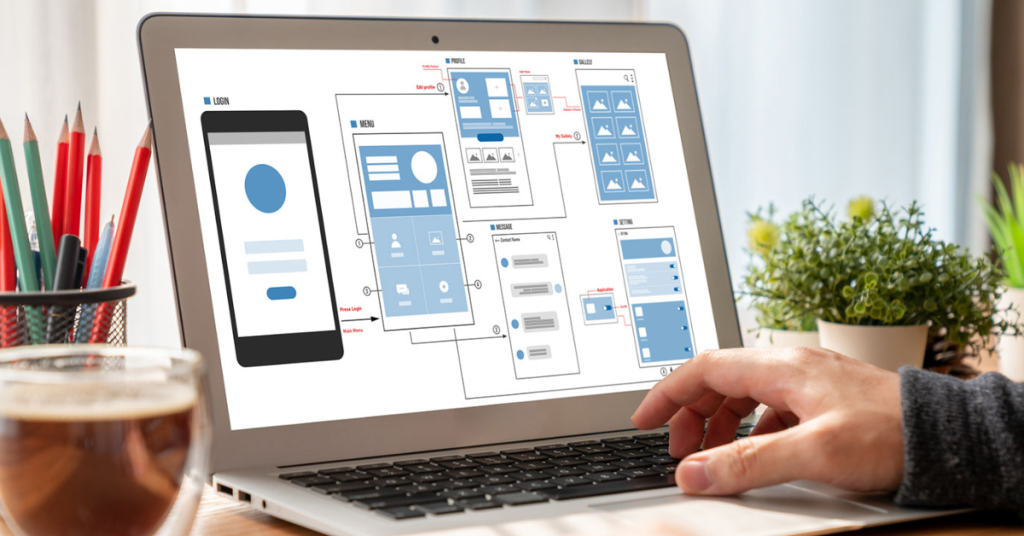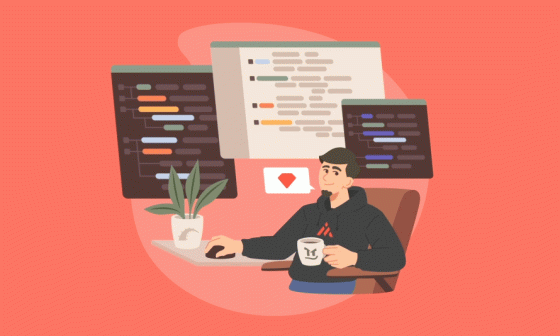Customer expectations, market trends, and business requirements have changed fast in recent times. This is particularly true in the current global supply chain crisis mixed with rising inflation. Indeed, we are in times when businesses need to achieve more with fewer resources. In light of this challenge, how can businesses work up their brand presence quickly to meet changing consumer needs? The answer lies in the versatility and nimbleness of headless commerce.
If you are in the eCommerce market, there is no doubt, you have come across the term Headless eCommerce. To demystify this concept, this write-up will delve into the fundamental components of a headless commerce system. Furthermore, it will outline the benefits and potential considerations involved in adopting this architecture.
So, What is Headless eCommerce?

Headless eCommerce can provide your online business with a number of benefits to grow and succeed. There is a reason why it has been called “the evolution of selling online”. In its simplest form, headless commerce is a separation of the front end and back end of an eCommerce application. On business language: Headless eCommerce systems meet businesses where they need commerce functionality.
Headless commerce separates your back-end infrastructure from your front-end customer touchpoints, so you get more control over your buyer and developer experiences.
Why Brands Choose Headless eCommerce

Headless eCommerce offers brands the freedom to create unique and personalized customer experiences without the limitations of a traditional eCommerce model. By separating the front-end presentation layer from the back-end commerce functionality, brands can use APIs, experience managers, and other tools. But, what’s the attractiveness there? Businesses can deliver innovative functionalities that engage customers and exceeds their expectations!
Btw, here is a spoiler: Collaborating with IT partners is essential to the successful implementation of headless commerce. Why? Because it requires a strategic approach to innovation to keep pace with emerging touchpoints and experiences. Believe us, by embracing this architecture, brands can stay ahead of the curve and provide exceptional customer experiences that boost engagement and drive revenue.
The Benefits of Headless eCommerce

Headless eCommerce is a trend that is gaining traction among huge companies with well-resourced development and IT teams, as well as a DIY mindset. This is because the process of producing and building a separate front end and back end reliably requires significant investment in development hours. These businesses often have long development queues and ambitious creative and marketing teams that are eager to test new designs, copy, and templates on the front end.
But, don’t worry if your company is not still on that level of technical equipment. As we said lines before, there are always excellent IT partners (like us 😉 to help you implement all ideas you have on it. So, remember: In light of the pandemic’s impact on shopping behavior, brands must embrace innovation like never before. Every hour of developer time is precious, as speed-to-market can be a critical factor in increasing cash flow.
How To Improve Your Online Store
If you are considering adopting Headless eCommerce, the benefits are likely to outweigh the effort and can significantly accelerate your business. Look, here are some ways your business will improve:
- More flexibility in design: With Headless eCommerce, you can design your online store’s front-end user interface independently from the back-end e-commerce platform. This means that you can create a unique and customized user experience that reflects your brand’s unique style and values. You could be as creative as you want!
- Faster page load times: By decoupling the front-end and back-end, headless commerce can help your website load pages more quickly. This can improve your website’s overall performance and user experience, which can lead to increased customer satisfaction and conversion rates.
- The right tools for the job. Headless eCcommerce architecture empowers brands to create unique and customized experiences that are unmatched by traditional e-commerce models. To achieve this, APIs play a critical role in ensuring brand consistency across channels, driven by common commerce services such as promotions, inventory, product information, and more.
- More tools and platforms: You can achieve greater integration more easily with other tools and platforms, allowing you to create a more seamless user experience for your customers. For example, you can integrate your e-commerce platform with your customer relationship management (CRM) system, making it easier to track customer interactions and personalize your marketing efforts.
- Better employee adoption. Organizations may be hesitant to adopt new technologies due to the steep learning curves involved. However, combining the simplicity of Headless eCommerce with a modern commerce platform can address this issue. This approach enables all team members to easily access and update the front end without requiring advanced skills.
- Time savings across IT. Headless eCommerce allows developers to make agile changes to the front end, saving time on UI updates. Developers can also leverage headless templates and partner solutions to quickly and easily jumpstart commerce apps that increase conversion rates with just a few clicks or light coding.
- Improved scalability: Headless eCommerce allows you to scale your website as your business grows, without worrying about the limitations of a rigid e-commerce platform. This can help you avoid costly downtime and ensure that your website can handle increasing traffic and sales.
- Time to market. Headless eCommerce enables businesses to rapidly launch new front-end experiences in response to market trends without costly back-end development.
- Cost savings. Headless eCommerce offers the benefit of avoiding a lengthy development process for every storefront change, leading to reduced expenses. This is because Headless requires fewer licensing and hosting fees and less infrastructure spending.
Highlights

We listed some of the reasons why teams may want to transition from traditional to Headless eCommerce. So, for companies interested in improving their user experience, you should consider (if you are not already doing it) budgets to make this move. We are sure that you will deliver even better customer satisfaction rates! Not to mention innovation, developer freedom, flexibility, and omnichannel selling.
What are you waiting for? Schedule a free consultation and start the journey to make the best investment for your online business growth!






